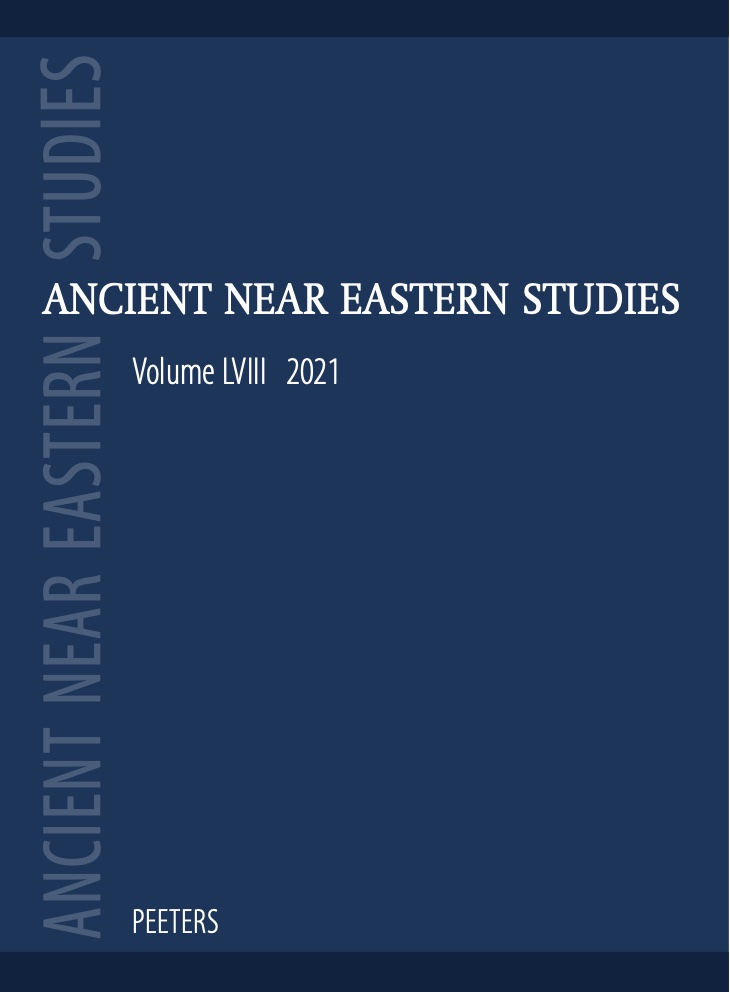 previous article in this issue previous article in this issue | next article in this issue  |

Preview first page |
Document Details : Title: Khirbet Kerak Ware in the Southern Levant Subtitle: A Case of Ethnic Identity? Author(s): ZAID, Sareeta Journal: Ancient Near Eastern Studies Volume: 56 Date: 2019 Pages: 215-265 DOI: 10.2143/ANES.56.0.3286817 Abstract : Archaeological studies of ethnicity and identity have increasingly gained traction throughout the late 20th and early 21st centuries. Although archaeological thought into the interpretation of material culture for the detection of sociocultural identities has grown in sophistication over time, this theorisation has often occurred in lieu of developing practical frameworks of analysis applicable to the artefactual record. Studies have shown that transparency and holism are paramount in considering archaeological identities, due to the influential nature of the contexts in which the researcher and subject of research are situated, and the impact of this on interpretation. This situational approach is essential in the study of Khirbet Kerak Ware, a handmade ceramic presenting in a core morphological range in the Early Bronze III Southern Levant. Khirbet Kerak Ware differs in typology, decoration and manufacturing technique from other Southern Levantine pottery and does not demonstrate ceramic development in this region, indicating its foreign nature. Accordingly, trade, diffusion or migration have been proposed as possible mechanisms for the dissemination of Khirbet Kerak Ware. In particular, strong parallels have been noted between Khirbet Kerak Ware and the Kura-Araxes cultural complex of Anatolia and the Transcaucasus. |
|


